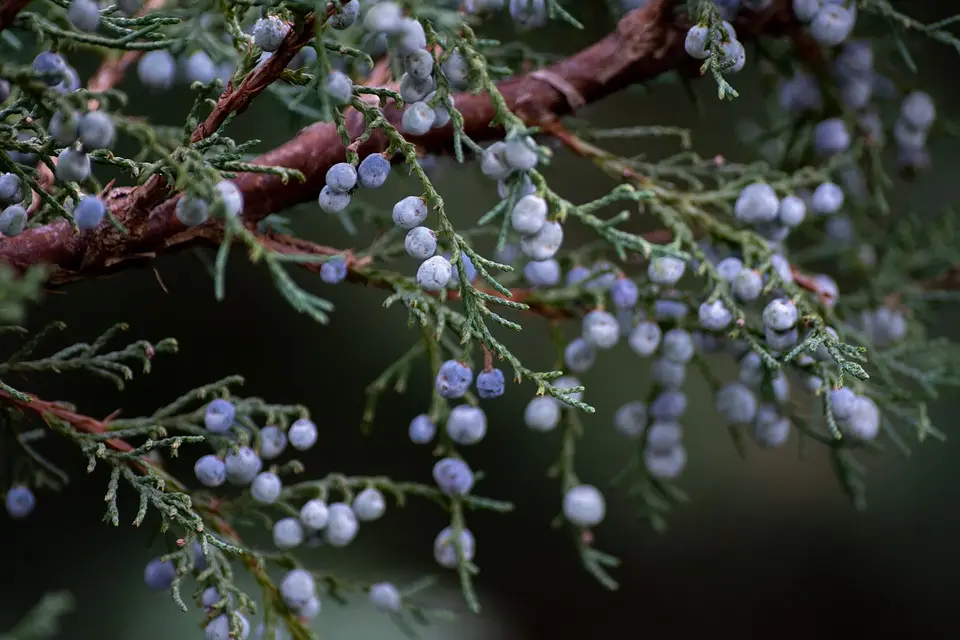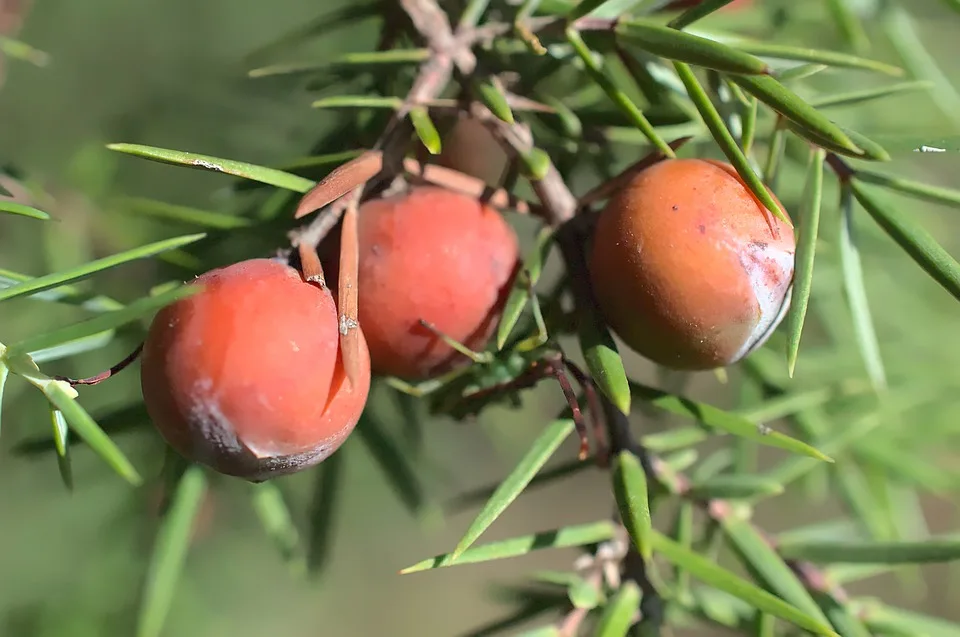How To Propagate Juniper Seeds
If you’re lucky enough to own a tree in your yard or know someone who does, you may notice Juniper seeds within the berries over time. You can only find these on female trees, as the male berries contain pollen. With enough patience, you can grow them into gorgeous bonsais within a few years.
In this guide, we’ll show you how to propagate Juniper seeds and care for them until they become saplings.
Here are the topics we’ll cover:
Here are the topics we’ll cover:
01
02
03
04
05
How to Grow Juniper Seeds
Propagating Juniper seeds isn’t an easy task. Unlike some species where you can simply place the seed in soil and water it, this process takes a bit longer and is slightly more complicated. Also, you have a low chance of success, especially if the conditions aren’t right.
Let’s take a look at the steps involved in growing Juniper seeds.
1. Collecting Ripe Berries
Before you can harvest Juniper seeds, you need to wait until the berries are ripe. Most Juniperus species have green berries when they are young, and you’ll have to wait about two seasons before they are mature. You’ll see the color change to dark blue or brown, which indicates that the seeds are almost ready.
If you’re not sure, you can wait until the berries open up and reveal the small Juniper seeds inside. The risk is that they’ll fall on the grass or birds will eat them before you get the chance to harvest them. Still, you can check the open shells to see if any seeds still remain, or create a mechanism to catch them when it opens.
2. Extracting the Juniper Seeds
If you decided to take a closed berry, extra care should be taken to extract the Juniper seeds. There’s a resin that holds it closed, which can be challenging to open. However, you can first soften the berries with warm water with a hand cleaner for a few hours, which will help you pry them carefully without damaging the precious cargo.
As soon as you have the seeds, you need to place them in warm water too to break the seal. You can also see which are viable when they drop to the bottom. Those that remain floating after some time will probably not germinate. Once you’re done, you need to let them dry in a plastic bag until you’re ready for the next step.
3. Stratification
Now you need to simulate conditions in nature for the Juniper seeds to germinate. Firstly, soak the seeds in water that matches room temperature for about 48 hours. It makes the outside cover soften and break down, giving the seed a chance to grow in the time to come.
Next, you should prepare the container it will rest in. You should place drainage stones at the bottom, covered with sand, and finally a mixture of soil with peat-free compost. When your seeds are done soaking, you place them in this mixture.
You can leave it outside for about six months, or split it between three months outside, three months in the fridge. If you have a cold winter, you can skip the fridge, as the winter will provide the ideal conditions. Keep the soil moist and make sure the container has a cover so no birds or pests will attempt to steal your Juniper seeds.
4. Planting the Seeds
You should inspect the soil now and again to see if any roots have appeared. If you’re in luck and you discover a seed has germinated, it’s time to move it. Provide a separate container with soil and stones for it to grow.
You’ll also need to cover it to protect it during the first season, as it will be fragile. Keep the soil moist and ensure there are enough nutrients to encourage growth. You should see some needles forming in time to come, which reflects that you have succeeded.
5. Seedling Care
Germinating the Juniper seeds is only the first part. Now, it’s time for you to care for your seedling. We have an extensive guide on proper bonsai tree care for Junipers, but the main points are sufficient sunlight, water, humidity, and fertilizer.
Should You Use Juniper Seeds or Cuttings?
Another method people use to propagate Junipers is via cuttings. Many say that this method is easier, and we tend to agree. The branch is already established, and you won’t have to wait as long to see new growth. So, why do we like to grow Juniper seeds if there’s a much better method? Do we just like the challenge?
There is a significant difference between propagating seeds and cuttings. When it comes to the berries, the seeds have genetic material from two parents. It stems from the male pollen from one species combining with the female tree that holds the seeds. When you develop a cutting into a bonsai, it simply has the same strand as the tree you took it from.
Many countries enjoy the diversity that this brings, mixing the genes of various Junipers. Should you have male and female bonsai trees in your possession, it’s possible that pollination could occur between them. You’ll then be able to propagate the seeds and grow a new bonsai as a child of the two.
Are Junipers Easy To Grow?
As bonsai trees, Junipers are possibly the easiest to grow, even for beginners. They can withstand most conditions, and you won’t need to be as careful with them as with other species. However, they can be tricky to grow from seeds or cuttings, and you’ll need to take extra measures to ensure that they’ll survive.
How Long Does It Take To Grow Juniper Berries?
The length it takes for a Juniper tree to develop berries differs from species to species. For the most part, it could take up to 18 months for the berries to mature and develop seeds. You may have to wait about two seasons before you can perform any harvesting.
If you’re growing a Juniper bonsai, it may take several years before you see the first berries. These small trees aren’t used to growing in containers with limited nutrients and water. When they do arrive, you’ll need to check if the tree is male or female by inspecting the berries for pollen.
Final Thoughts
We don’t blame you for wanting to grow Juniper seeds into new bonsais. It’s an exciting experience, and you could land up with new genetics from your parent trees. Also, the berries are freely available and going to waste, so you might as well try.
We hope this guide has helped you towards your vision of growing the seeds from scratch and you manage to succeed. If you have any questions, please feel free to contact us.







